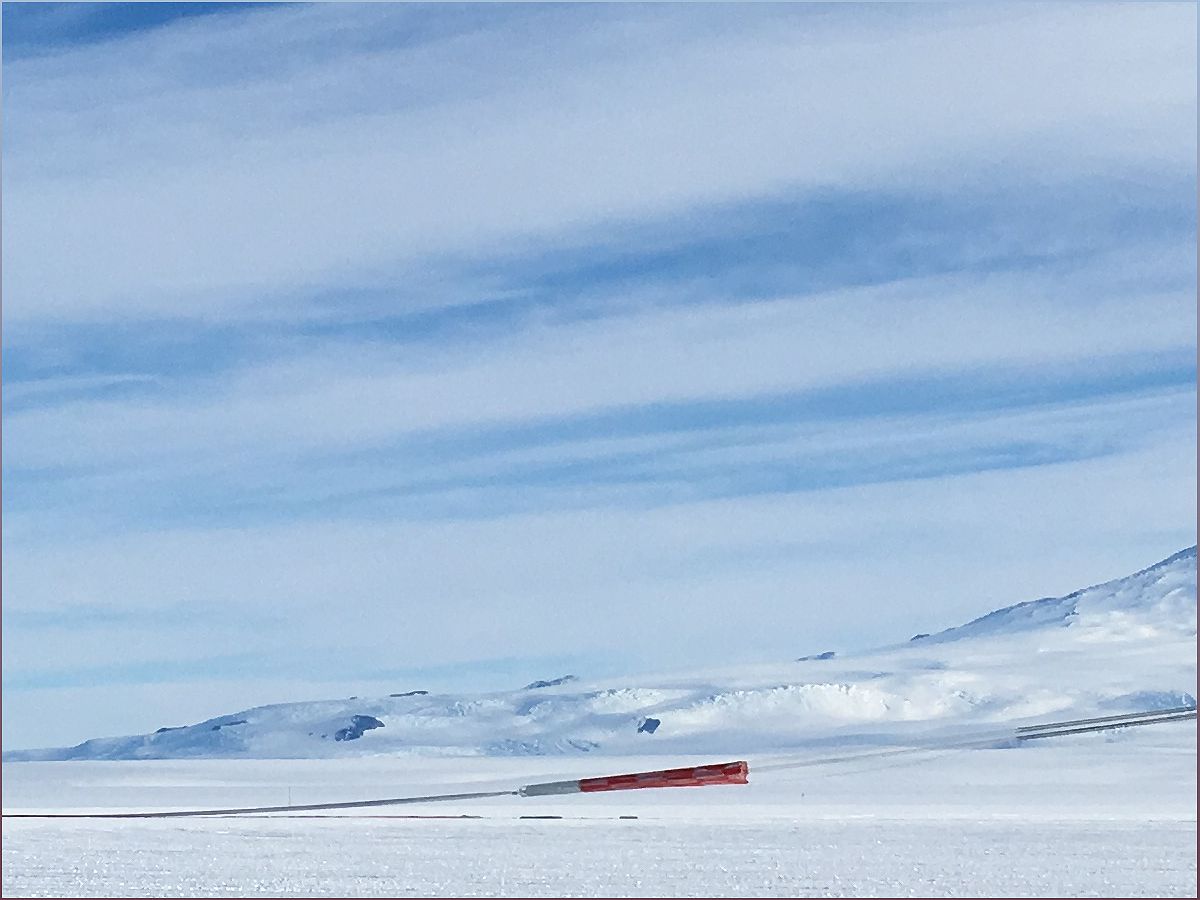Welcome to NASA's annual Antarctic Long Duration Balloon Campaign! Get ready to embark on a thrilling scientific adventure as we explore the skies above the southern hemisphere. This campaign features multiple long-duration balloon flights, aiming to break records and uncover the mysteries of the universe. Join us as we delve into the mission details and the incredible discoveries that await us.
GUSTO Mission: Mapping the Milky Way and Beyond
Embark on a groundbreaking mission to map the Milky Way galaxy and the nearby Large Magellanic Cloud.
Get ready for an extraordinary journey as we delve into the Galactic/Extragalactic ULDB Spectroscopic Terahertz Observatory (GUSTO) mission. Led by principal investigator Christopher Walker from the University of Arizona, this mission aims to map a large part of the Milky Way galaxy and the nearby Large Magellanic Cloud.
The GUSTO telescope is equipped with highly sensitive detectors for carbon, oxygen, and nitrogen emission lines. By measuring these emission lines, the GUSTO team will gain deep insight into the full lifecycle of the interstellar medium, the cosmic material found between stars.
With a flight duration of over 55 days, GUSTO will soar above the southern hemisphere's skies, taking advantage of the unique environment and stratospheric wind conditions. This extended observation time will allow for in-depth study of astronomical objects and the collection of valuable data.
AESOP-Lite: Unraveling the Mysteries of Cosmic Rays
Join the mission to measure cosmic-ray electrons and positrons, comparing data with Voyager I and II.
Prepare to explore the realm of cosmic rays with the Anti-Electron Sub-Orbital Payload (AESOP-Lite) mission. Led by a team from the University of Delaware and University of California Santa Cruz, AESOP-Lite aims to measure cosmic-ray electrons and positrons.
This mission's measurements will be compared to data collected by Voyager I and II, which have been studying cosmic ray electrons since 2012 and 2018, respectively. By analyzing these measurements, scientists hope to gain a deeper understanding of the origins and behavior of cosmic rays.
AESOP-Lite will fly on a 60 million cubic feet balloon, reaching altitudes greater than 150,000 feet. This test flight will qualify the balloon for higher altitudes, expanding NASA's stratospheric inventory and enabling further exploration of the cosmos.
LAURA: Extending the Science Capability of Hand-Launched Balloons
Discover how solar panels are revolutionizing the capabilities of hand-launched balloons.
Experience the innovative engineering test flight of the Long durAtion evalUation solaR hand LAunch (LAURA) mission. Led by NASA's Columbia Scientific Balloon Facility, LAURA aims to extend the science capability of hand-launched balloons.
By utilizing solar panels, LAURA transforms the hand launch platform from a few days in flight to long-duration missions. These hand-launched balloons, which are significantly smaller than heavy-lift balloons, have limited time aloft due to the weight of batteries powering the science and balloon instruments.
With the integration of solar panels, LAURA opens up new possibilities for extended scientific observations, paving the way for groundbreaking discoveries in the field of astronomy.
Anihala: Listening to the Stratosphere's Natural Background Sound
Explore the mission that aims to measure natural background sound in the stratosphere.
Join the Swedish Institute of Space Physics and Sandia National Lab on a mission to measure the natural background sound in the stratosphere with Anihala. This cooperative mission piggybacks on the AESOP-Lite launch, taking advantage of the absence of human-generated sound over the Antarctic continent.
Anihala aims to capture the unique soundscape of the stratosphere, providing valuable insights into the acoustic environment at high altitudes. By studying these natural background sounds, scientists can deepen their understanding of atmospheric phenomena and their impact on our planet.
Stay tuned for the fascinating discoveries that await us as we listen to the secrets of the stratosphere.

